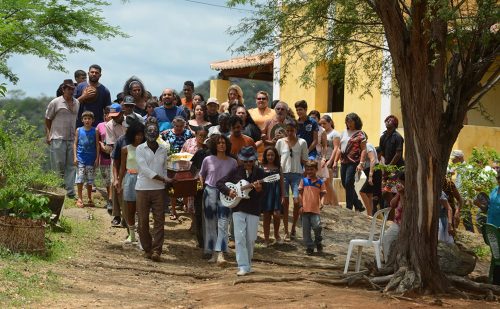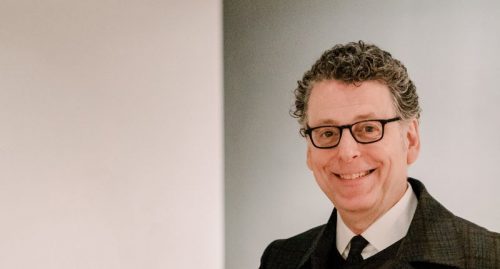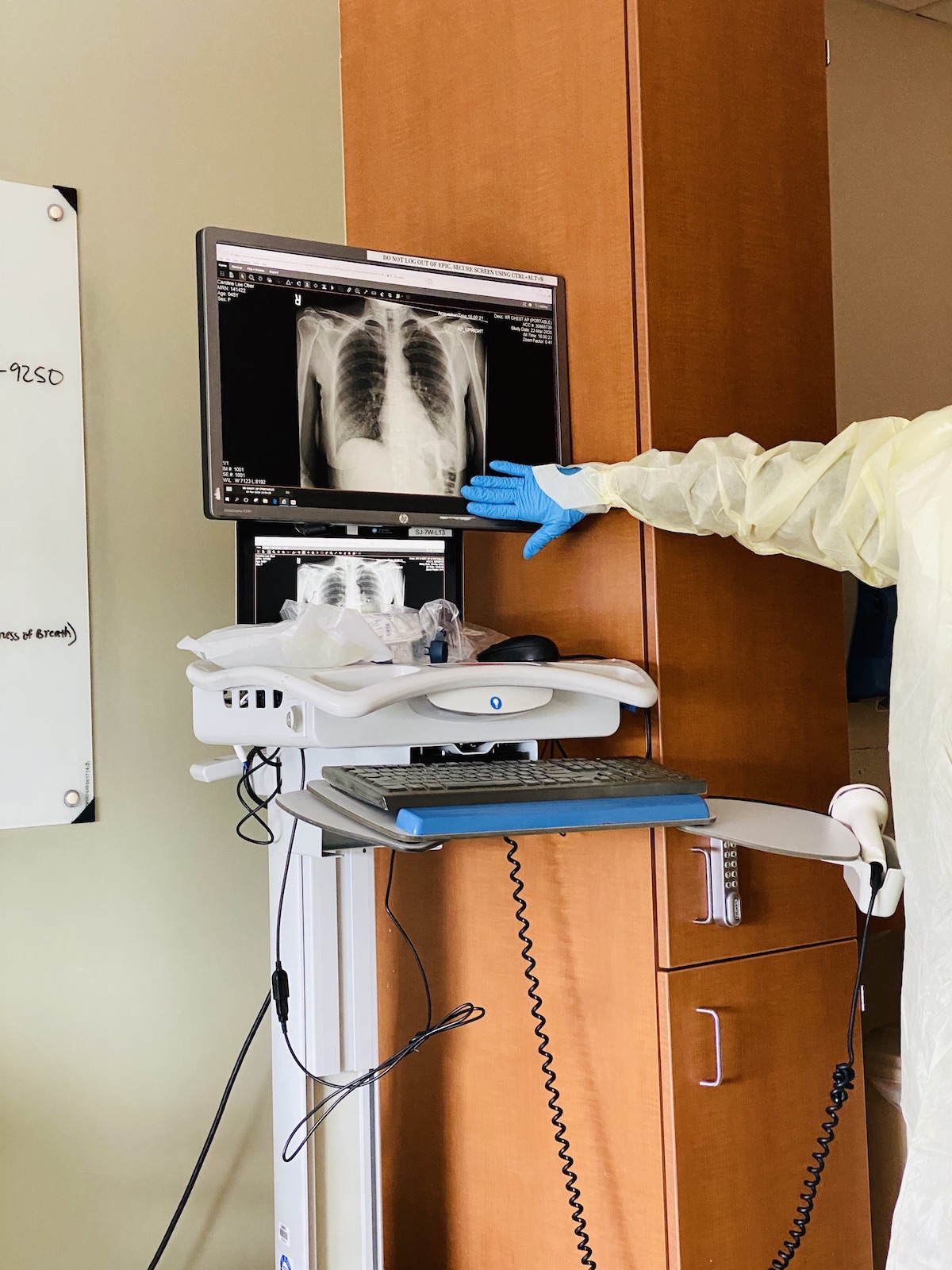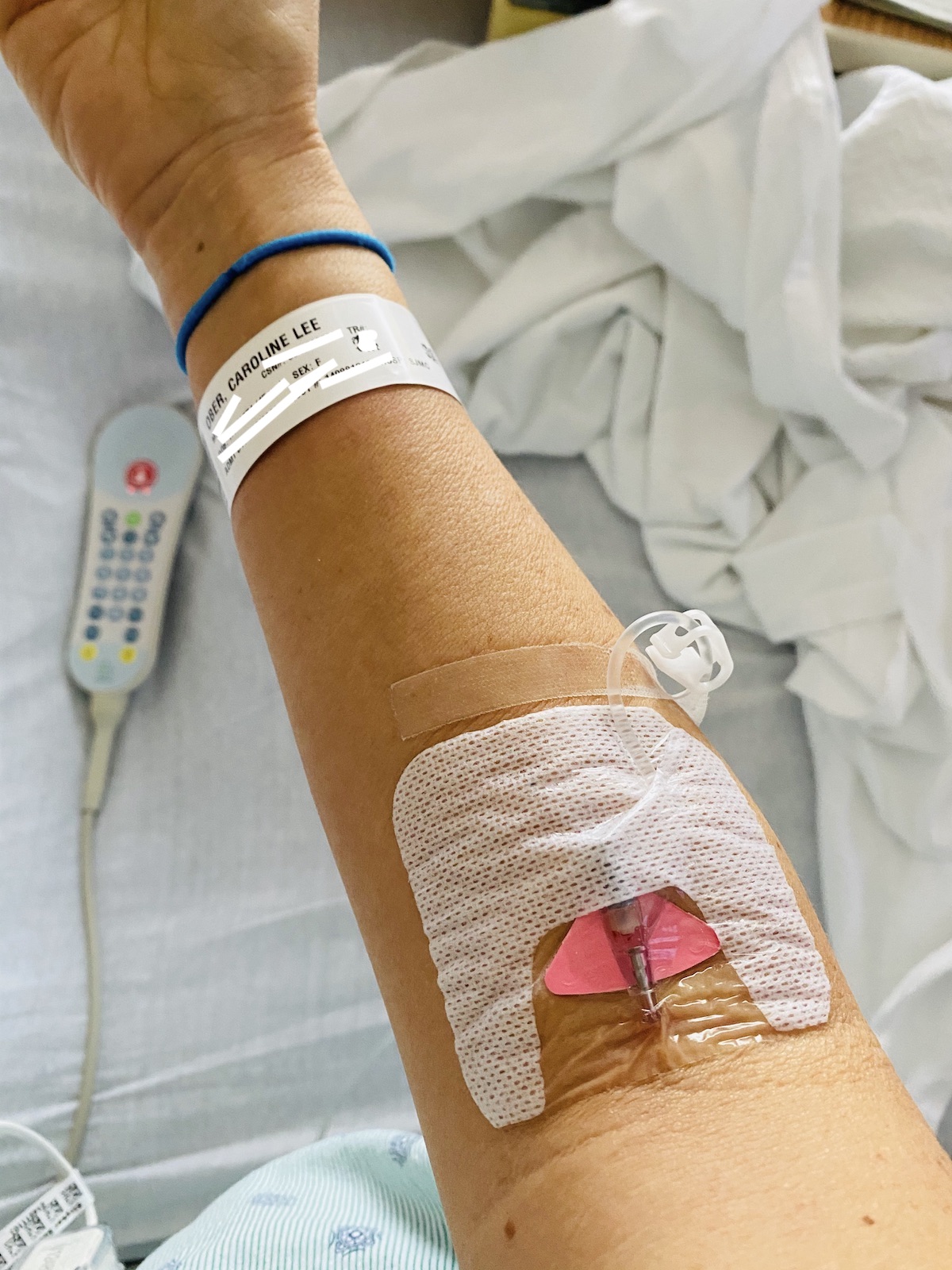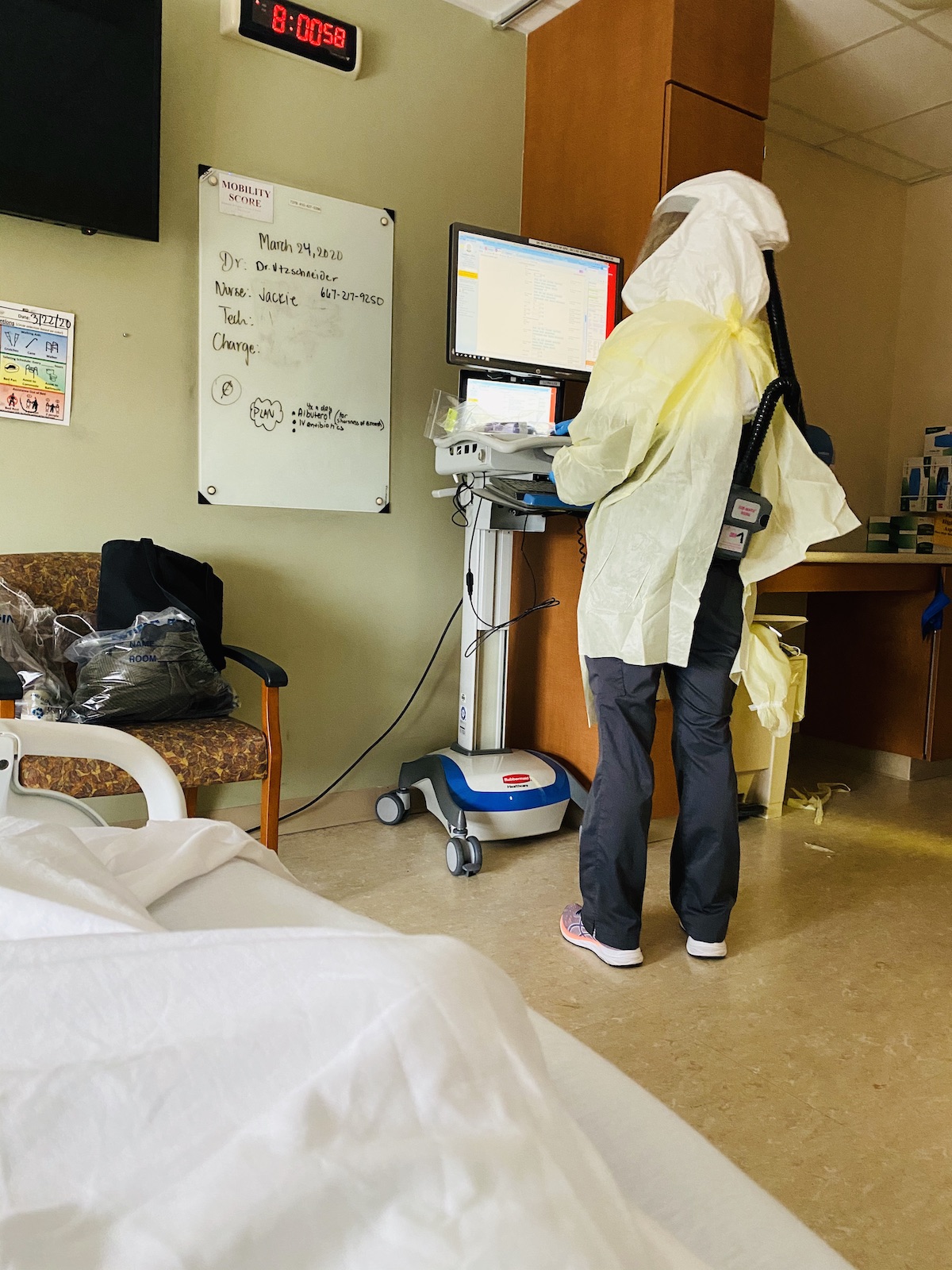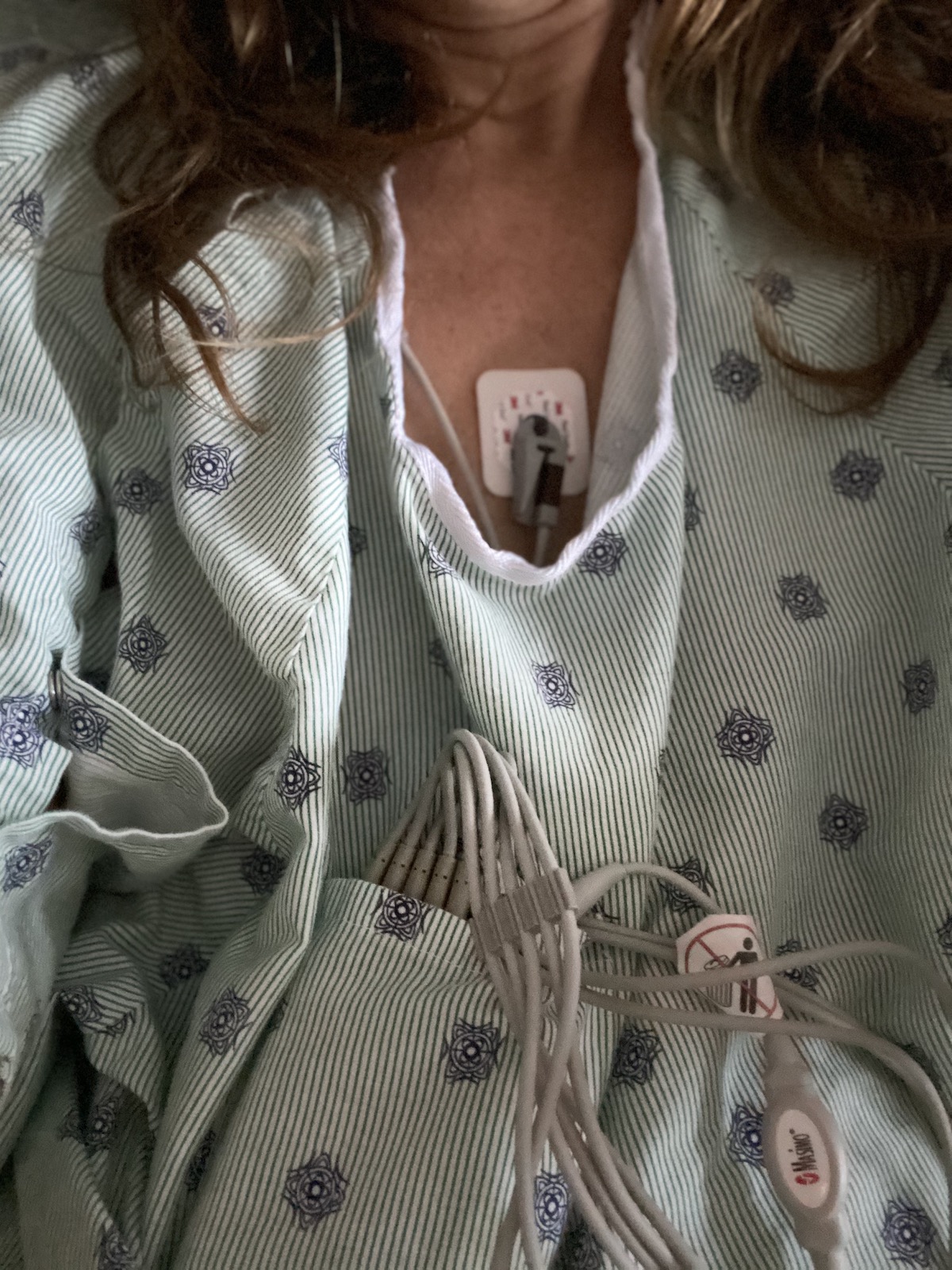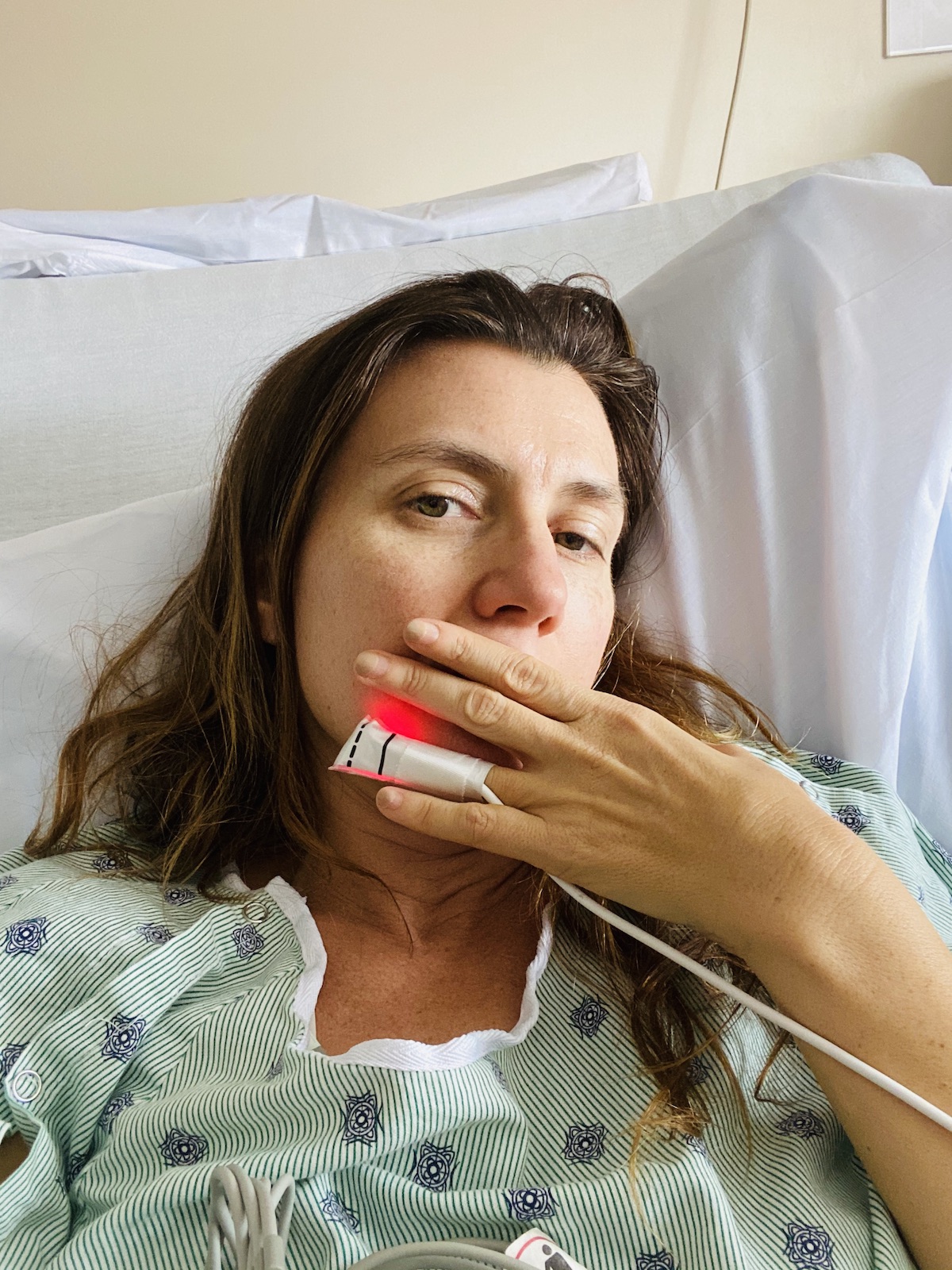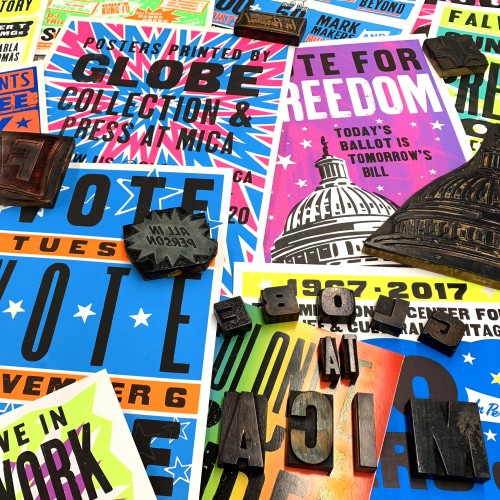I wake up with a fever of 102 in the middle of a global pandemic. It doesn’t take a genius to figure out that I should immediately be tested for coronavirus in order to protect myself and help stop the spread of disease, but this doesn’t happen. After two weeks of fevers, pneumonia, and hospitalization, I am finally tested, but receive no results. At this point, I don’t need a test to tell me that I have Covid-19 and my experience suggests that thousands of very sick people are in the same predicament, suffering from a brutal viral infection with inadequate medical intervention and left out of official head counts. We need more information, more data, more accessibility to testing and health resources in order to protect ourselves and others from this deadly illness and it’s not happening.
My initial symptoms are insignificant. My head feels warm and buzzy. Is this a hot flash? Am I sick? I’m fine. I haven’t travelled overseas. I haven’t come into contact with anyone who has tested positive for coronavirus. Maybe I’m just having global pandemic anxiety that is inducing a physical reaction? Maryland has just closed schools and encouraged people to stay at home and social distance, and my son and I take walks around the neighborhood with our dogs.
On Sunday, March 15 I feel worse, but not terrible. I conduct a phone interview with an artist friend living in Italy, trying to understand what may be coming to the US in a week or two, and we publish it the next day as a dire warning. My body feels off, but not that bad. I suspect a fever but none of our thermometers are working. I spend an hour combing through our bathroom closet, throwing away dozens of expired medications. My husband orders batteries for our digital thermometer from Amazon, because there are no thermometers in stock at any of the drug stores near my house.
On Monday I officially have a fever of 102. The batteries have arrived. I shiver, sweat, and ache in every bone and joint. I have no appetite, no sense of taste or smell. I am so tired I stay in bed all day. The only escape from this misery is sleep. I call my primary care physician, who is not doing in-person appointments and has switched his practice to phone triage to accommodate more patients. He asks me if I have been out of the country within two weeks (I hadn’t) and if I had come into contact with anyone who had tested positive (nope). He asks if I have a sore throat, cough, or shortness of breath, the primary symptoms of coronavirus besides a high fever (I do not). I ask if I can have a Covid-19 test, in order to protect my family and those I have been in contact with and am shocked to learn that I do not qualify.
I am flummoxed. In the middle of an exponentially expanding outbreak, when thousands are dying daily, and the only tool we have to track and contain this virus is a test, a person with a 102-degree fever does not qualify? What kind of absurd, dark comedy am I living in? My doctor explains that unless I were elderly with symptoms or could prove contact with someone who tested positive, I cannot get a test. My instructions are to stay at home, hydrate, take Advil or Tylenol for the fever, and rest. I agree to call my doctor if my current symptoms worsen or if I develop respiratory issues, but there is no discussion of the possible progression of maladies experienced by those with Covid-19, the fact that symptoms change every few days, or what kinds of medicine I should take should my condition evolve.
My husband moves into the guest room and forces me to drink Pedialyte several times a day, which is disgusting but I can’t taste it anyway. I sleep for several days, rarely getting up, and when I’m awake, I read articles that infuriate and terrify me about Covid-19 symptoms and our government’s lack of a coherent response. I think I’m getting worse, I tell my husband. He tells me to stop reading the news.
